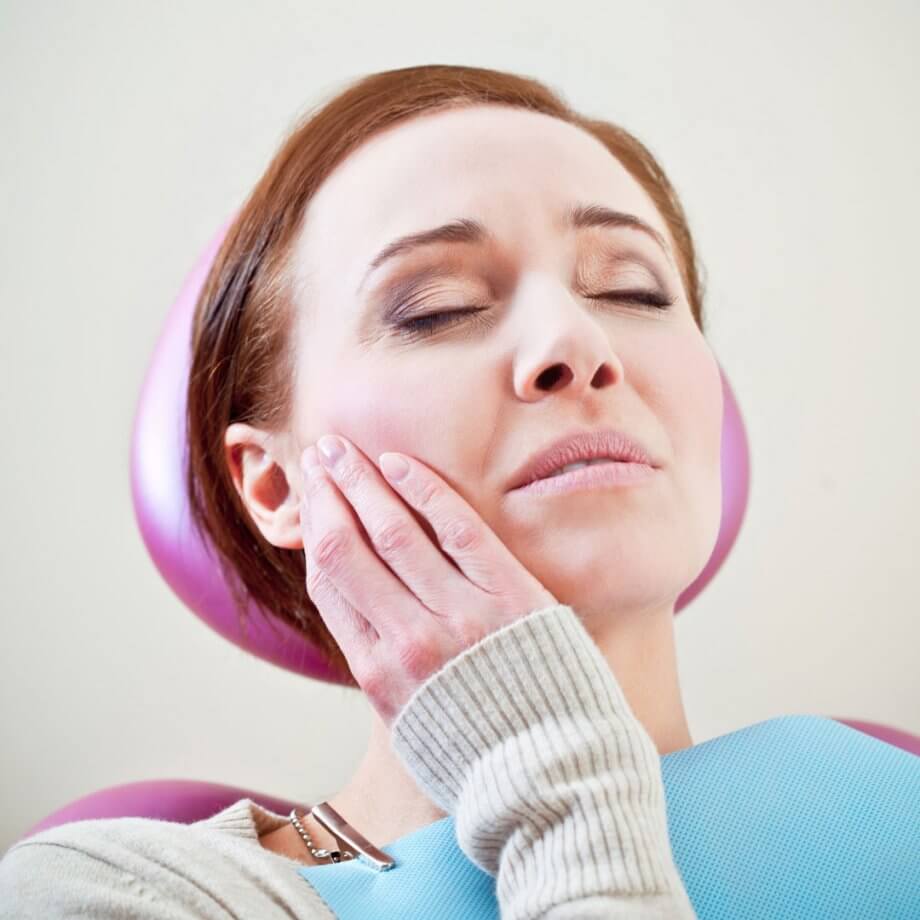Does your jaw hurt when you chew? Do you grind your teeth at night? These symptoms, as well as others, are potentially indicative of a TMJ disorder. Some estimates suggest that about 10 million Americans struggle with TMJ, and it is more common among women than men. TMJ disorders are painful and can affect your quality of life. Read on to learn more about the symptoms and treatment options for TMJ.
What is TMJ/TMD?
The temporomandibular joint acts as a hinge between the jaw and the skull. If the connecting muscles are inflamed or you experience an injury to the face or jaw area, you might experience pain. This is called TMD - temporomandibular disorder - but it’s often referred to as TMJ because of the joint. TMD can cause daily pain, especially when chewing.
Causes
There is not a known cause for TMD. However, several factors appear to play a role. These include chronic teeth grinding, stress, and arthritis in the joint. Accidents that cause whiplash or other facial injuries might also lead to TMD. Some other studies suggest that genetics is a factor for developing TMD, but in general, the cause is unknown.
Symptoms
Symptoms of TMD/TMJ affect the muscles and the joints in your face. You might experience pain on one or both sides of the face. TMD symptoms can be only temporary or can sometimes last years if not treated. Some of the most common symptoms include:
- Pain in your jaw, face, or neck when you chew or talk
- Jaw makes a “clicking” sound when opened wide
- Inability to open mouth wide
- Facial pain
- Toothaches, dizziness
- Earaches and hearing problems
You may experience one or all of these symptoms depending on the severity of the TMD.
Treatment
A diagnosis of TMD is usually done through a physical exam of the jaw or by radiographs. Sometimes, you might need to have an MRI or CT scan too.
There is a range of treatments for TMD. For less severe forms, try a hot or cold compress and take an anti-inflammatory medication like Ibuprofen.
For more painful cases, you might be prescribed a muscle relaxant or prescription level NSAIDs. Other options include Botox, which helps relax the muscles and reduce painful symptoms of TMJ. Dental work, like a crown or bridge, alleviates symptoms by reducing the pressure on the gums and jawline. Surgery is an option but should be considered a final resort. Any or all of these treatments can help, which is why it’s especially valuable to work with a dentist experienced in TMJ disorders.
Suffering from TMD?
Think you might be suffering TMJ/TMD? Tired of the constant pain and want relief? Book a consultation with Dr. Coughlin today.

